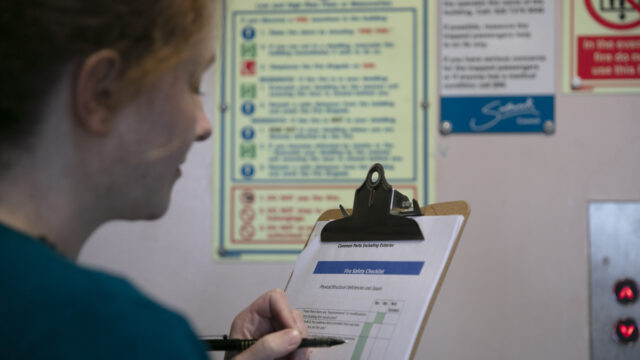
You might have seen the words ‘Responsible Person’ when reading about fire safety in tower blocks.
It’s a role that, in England, is required by law. Any premises (buildings that are used for business purposes, including rented accommodation) must have someone nominated as their Responsible Person.
The Fire Safety Regulatory Reform Order, a law that came into force for England in 2005, says that landlords must ‘take reasonable steps to reduce the risk from fire and make sure people can safely escape if there is a fire’.
The Responsible Person is the person whose duty it is to take those steps. It may be the landlord themselves or someone they have employed to take the duties on.
The Responsible Person makes sure that:
If the Fire Risk Assessment shows that there is a fire risk in the building, the Responsible Person must arrange for it to be fixed within 28 days.
There might be a Responsible Person, but you haven’t noticed: it’s quite possible that they have been doing their tasks regularly without you noticing.
So as a first step, contact your landlord, managing agent, or Residents’ Association to check.
If there is no Responsible Person in place: notify your landlord that this is a requirement as set out in the Fire Safety Regulatory Reform Order. You can send them this link to the relevant law.
If you have pointed out the need for a Responsible Person and one has still not been appointed, you can report this to your local fire brigade, who will contact your landlord about it, and take legal action if need be.
If you are worried about your landlord’s approach to fire safety, joining or setting up a Residents’ Action group might be a good start, so you can discuss together what is needed and then approach your landlord as a group.


Tools you can use


Reference


Guide


Tools you can use


Guide